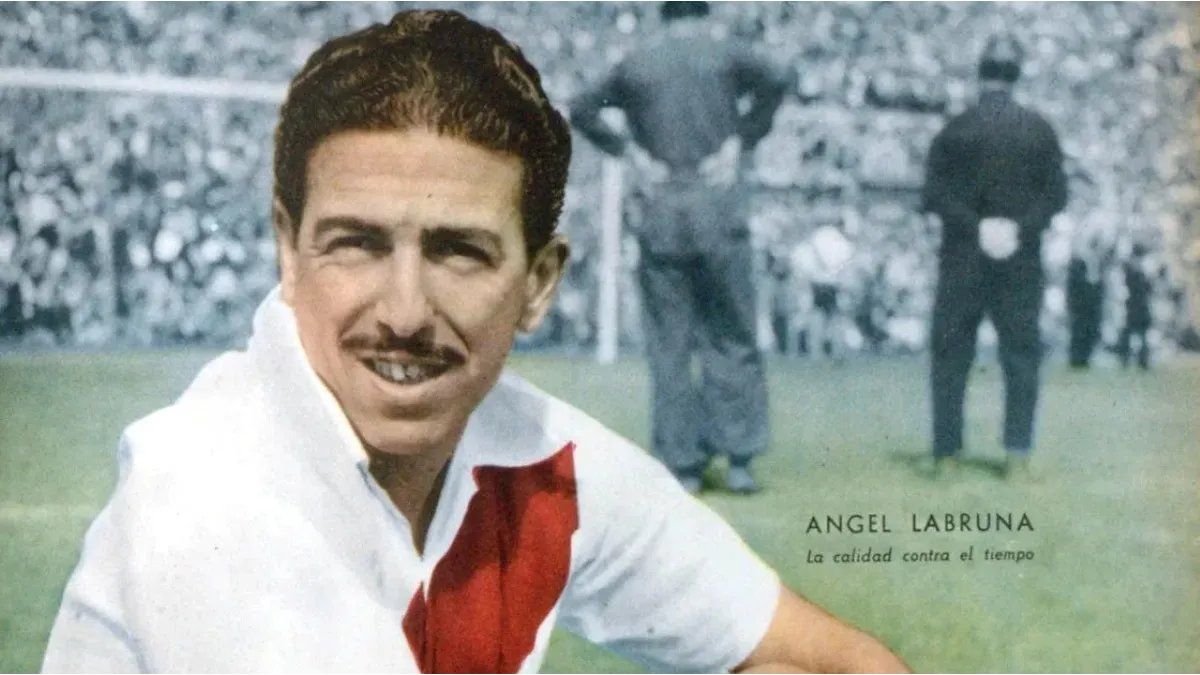“At the special show on the poaching tragedy in Molln three years ago, we saw a rush of visitors like never before and saw that the topic was popular,” says Fritz Kammerhuber, chairman of the former “Museum in the Village”, which was opened on the occasion of the state exhibition “Land of the Hammers”. in 1998 as a crafts museum “Life and work on the Krummen Steyrling”. Since January 25, the museum behind the “Wirt im Dorf” has been running under the new name “Wilderer Museum Molln” with the addition “Jew’s Harp & Crafts”.
103 years ago, the poaching drama, which escalated in a bloodbath with four fatalities in the Doleschall inn, shocked the Steyr Valley. The contemporary historical treatment later helped the village museum to an unexpected boom and fame. “The St. Pankraz poaching museum, which was based on an idea by Roland Girtler, was already on the wane and had to be closed in the meantime,” says Kammerhuber. “Due to other interested parties, there was a risk that everything would migrate.” In consultation with Girtler, efforts were therefore made to divert all these exhibits to Molln in order to preserve them for the region.
Poaching, which was born out of necessity, shouldn’t be glorified, but rather “we want to offer a critical examination and provide the visitor with the ‘action’ behind this topic,” says Kammerhuber, “and we also span the arc of tension to the modern Poaching in the Kalkalpen National Park.”
exhibition “dusted”
In the course of a “Leader” project co-financed by the EU, the existing museum was also “dusted off,” says Gudrun Kössner from the museum association, which works exclusively with volunteers: “We concentrated on key areas and, together with museum educators, created a common thread created by the show.” In the future, the museum could score with around 600 square meters of exhibition space that is twice as large plus the woodworker’s hut in the open air. Also on view is the special exhibition created last year, which is dedicated to the “Motormule” produced in Molln between 1950 and 1954. This crawler tractor designed by Oskar Hacker had a wide range of uses in agriculture and forestry, but was also used as a tiller for clearing snow. The last three of these motor mules are still used today on the Großglockner to clear the high alpine road of snow in spring.


Museum shop in planning
All of this is already open to the public in a transition phase. The complete redesign of the museum with a new archive, museum shop and new entrance area will not be completed until next year. It is also possible to integrate an information center.
“Poacher Museum Molln”: Open from 1 May to 31 October on Sundays and public holidays from 2 p.m. to 5 p.m. and by appointment daily from 9 a.m. to 8 p.m. More information can be found HERE.
Source: Nachrichten




